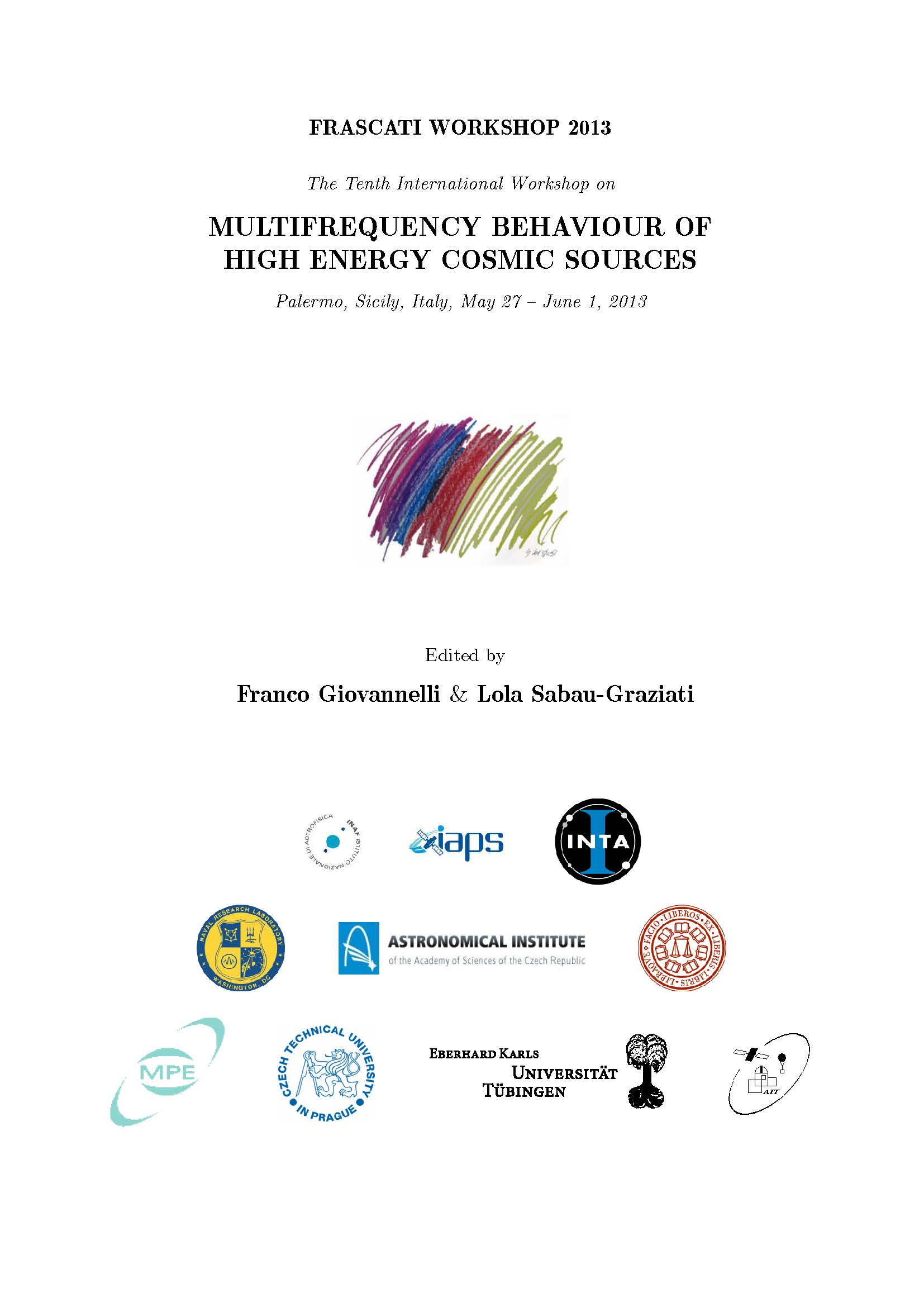Origin of X-ray Spectral Variation and the Seemingly Broad Iron-Line Spectral Feature in Seyfert Galaxies
DOI:
https://doi.org/10.14311/APP.2014.01.0146Abstract
We present systematic X-ray data analysis of the Seyfert galaxies observed by Suzaku to study origin of their hard X-ray (2 - 40 keV) variations. In particular, we examine if the "Variable Partial Covering (VPC) model" proposed by Miyakawa, Ebisawa and Inoue (2012), which was successful to explain spectral variations of MCG{6-30-15, is also valid for other Seyfert galaxies or not. In this model, intrinsic X-ray luminosity of the AGN is not signicantly variable, and most observed flux and spectral variations are caused by change of the geometrical covering fraction of the extended X-ray source by ionized absorbing clouds in the line of sight. We found that the observed flux and spectral variations of 20 targets in addition to MCG{6-30-15 are successfully explained by the VPC model. The transmitted spectral component through the absorbing clouds has a characteristics spectral feature of the ionized iron K-edge, which is considered to be the origin of the seemingly broad iron-line feature commonly observed in Seyfert galaxies. Variation of the partial covering fraction of the constant X-ray luminosity source causes such an anti-correlation between the direct (non-obscured) component and the transmitted (obscured) component, that cancels their variations each other. The cancellation works most effectively at the energy band where intensities of the two components are the closest to each other, namely, just below the iron K-edge. This explains the signicantly small fractional variations in the iron K-energy band, another well-known observational characteristic of Seyfert galaxies.Downloads
Download data is not yet available.
Downloads
Published
2014-12-04
Issue
Section
Articles
How to Cite
Ebisawa, K., Iso, N., Miyakawa, T., & Inoue, H. (2014). Origin of X-ray Spectral Variation and the Seemingly Broad Iron-Line Spectral Feature in Seyfert Galaxies. Acta Polytechnica CTU Proceedings, 1(1), 146-150. https://doi.org/10.14311/APP.2014.01.0146



